Your Trusted Non-Destructive Testing Partner
Qualisight provides expert non-destructive testing services across various industries, ensuring quality, safety and compliance through qualified personnel and advanced inspection equipment.
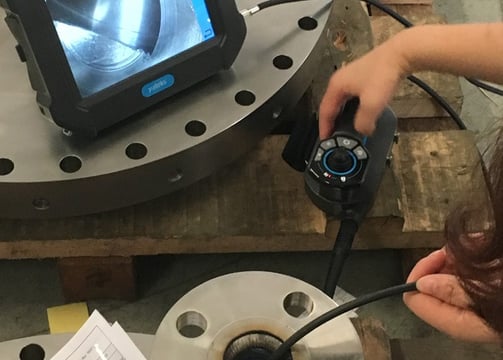

Remote Visual Inspection
Remote Visual Inspection (RVI) is an advanced form of visual inspection that uses various types of videoprobes, video borescopes, remotely operated cameras, robotic crawlers, and other specialized tools in order to remotely examine components. In doing so, the risks associated with confined space entry are considerably reduced.
In recent years, unmanned areal vehicles (UAVs), commonly known as drones, have seen increased adoption and usage for remote visual inspections of structures that are difficult to reach by traditional means, such as flare stacks, elevated pipe trays, and cooling towers.
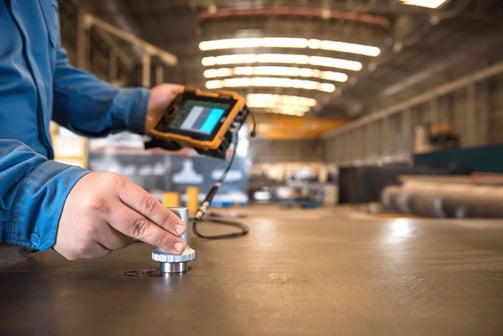

Ultrasonic Testing (UT)
Ultrasonic Testing (UT) is a group of Non-destructive examination (NDE) techniques that use short, high-frequency ultrasonic waves to identify flaws in a material. They generally work by emitting waves into a material. By measuring these waves, the properties of the material and internal flaws can be identified. Most UT devices consist of many separate units. These can include pulsers and receivers, transducers, and display monitors.
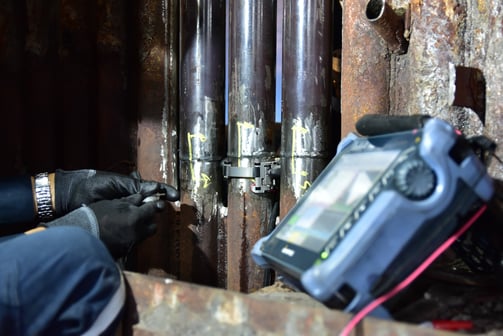

Phased Array Ultrasonic Testing (PAUT)
Phased Array Ultrasonic Testing (PAUT) is a UT technique that utilizes a set of UT probes made up of numerous (anywhere from 16 to over 250) small elements. Each of the elements in a PAUT system is able to pulse individually. This is done with computer calculated timing, through a process known as phasing. This allows the system to steer focused beam through various angles and focal distances.

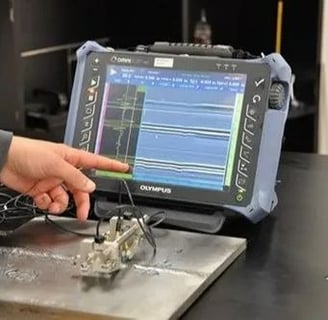
Time of Flight Diffraction (TOFD)
Time Of Flight Diffraction (TOFD) is a method used to look for flaws in welds. It uses the time of flight of an ultrasonic pulse to find the location of a reflector. To find the TOF, the method uses a pair of ultrasonic transducers. The transmitter emits low frequency waves that propagate at an angle. They only diffract back to the receiver if they hit a defect.
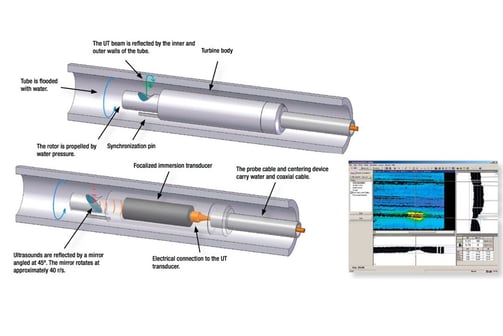

Internal Rotating Inspection Systems (IRIS)
Internal Rotating Inspection System (IRIS) is an ultrasonic technique used to detect corrosion in piping and tubing. using an internally inserted probe that generates sound waves. The system works by inserting a probe into a flooded pipe. The probe them move through the pipe, scanning as it goes.


Magnetic Particle Testing (MPT)
Magnetic Particle Testing (MPT), also referred to as Magnetic Particle Inspection, is a Non-destructive examination (NDE) technique used to detect surface and slightly subsurface flaws in most ferromagnetic materials such as iron, nickel, and cobalt, and some of their alloys. Because it does not necessitate the degree of surface preparation required by other nondestructive test methods, conducting MPT is relatively fast and easy. This has made it one of the more commonly utilized NDE techniques.
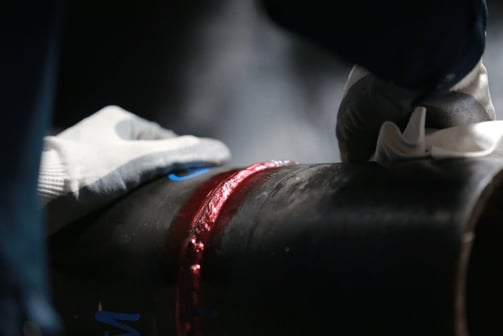

Liquid Penetrant Testing (LPT)
Liquid Penetrant Testing, also referred to as penetrant testing (PT), liquid penetrant examination (LPE), and dye penetrant testing (DP), is a Non-destructive examination (NDE) method that utilizes fluorescent dye to reveal surface flaws on nonporous materials (metals, plastics, or ceramics) which might not otherwise be visible.
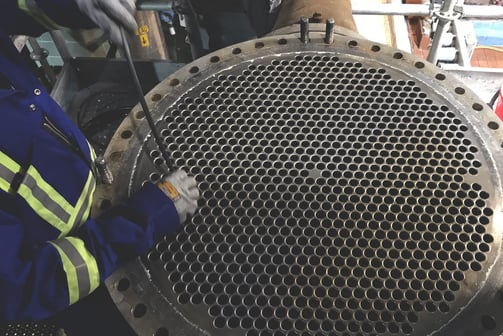

Eddy Current Testing (ECT)
Eddy Current Testing (ECT) is an electromagnetic testing method for Non-destructive examination (NDE) of conductive materials. This method can be used in several applications such as crack detection, measuring metal thickness, detecting metal thinning, determining coating thickness, and measuring electrical conductivity and magnetic permeability.
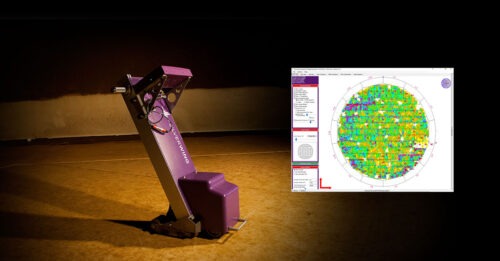

Magnetic Flux Leakage (MFL)
Magnetic Flux Leakage (MFL) is an advanced Non-destructive testing (NDT) technique commonly used in the oil & gas and chemical processing industries to inspect for wall loss and sharp defects such as pitting, grooving, and circumferential cracks in ferromagnetic materials (most commonly pipelines and storage tanks).
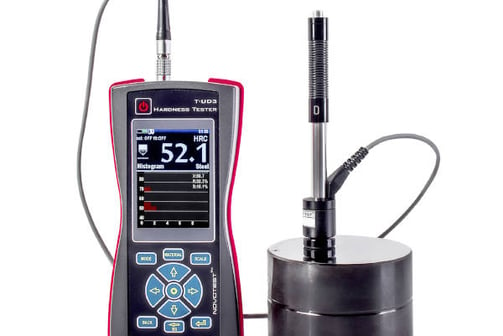

Hardness Testing (HT)
Portable hardness testers work by measuring the hardness of materials using various methods, such as Rockwell, Brinell, Leeb, Vickers, and Shore scales. These instruments are designed to be lightweight and portable, making them suitable for on-site hardness testing.
